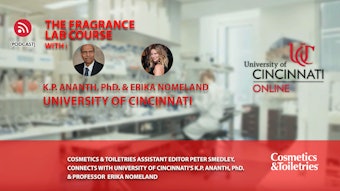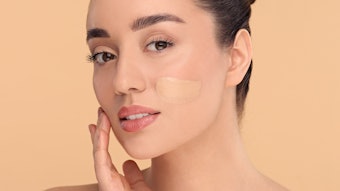The time when we believed that cosmetics did not penetrate skin is defi nitely over. They did in the past (although we preferred not to know it), and they still do today. There was a fear that cosmetics would be labelled drugs if they penetrated the skin, but it is the type of intrinsic activity of a molecule that decides whether it is a drug or a cosmetic—not its capacity to penetrate human skin. As a consequence, it is nowhere stated in cosmetic regulations that cosmetics are not allowed to penetrate the skin. Water, for instance, does penetrate our skin when we take a bath or shower, but we do not need a doctor’s prescription to execute our daily hygiene routine. Delivery is the process of transporting the right chemical to the right location (the site of action) at a therapeutically relevant concentration for a suffi cient period of time.
If any of these 4 requirements is not met, a product in which the active ingredient is incorporated will not be effective despite its very good efficacy profile. These 4 requirements have been called the 4 R’s of Delivery: the Right chemical to the Right site at the Right concentration for the corRect period of time. All are equally important, so which one needs to be improved?
Skin delivery is a sequence of diffusion and partitioning phenomena within and between phases of different polarities. Barry1 describes the complexity of the delivery process in a schematic way copied in Figure 1. Delivery systems need to optimise one or more of the 4 R’s. To identify which one needs to be optimised, one needs to identify the rate-limiting step for skin penetration. Any of the 17 steps in Figure 1 could be the rate-limiting step.










